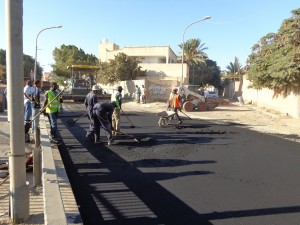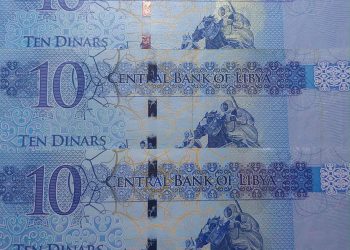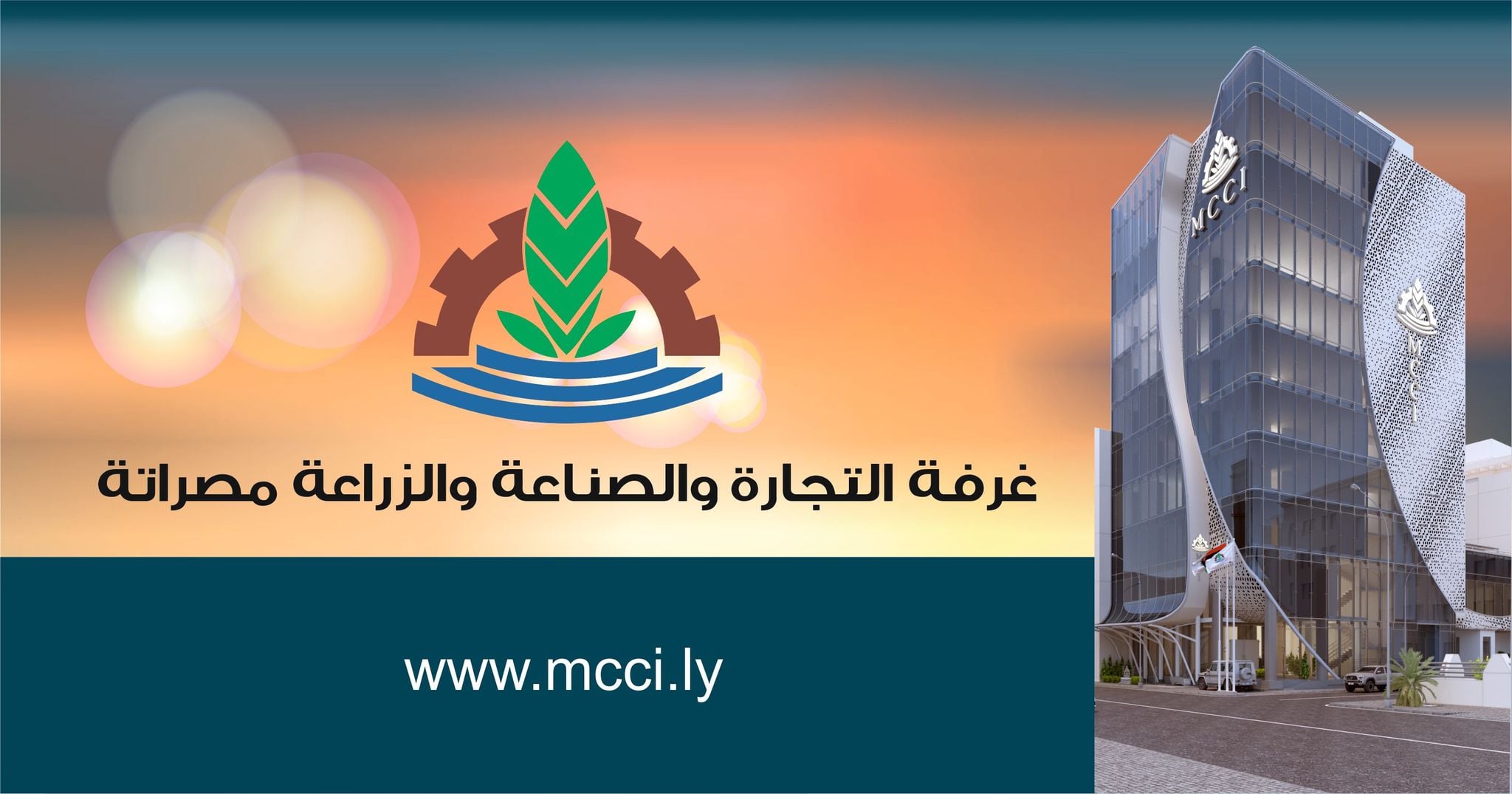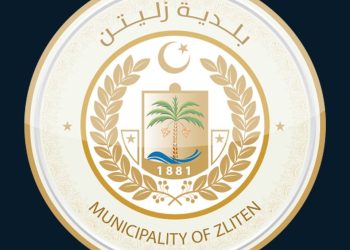By Naam Alkhosi.

Tripoli, 5 May 2014:
Approval has been given to the maintenance and resurfacing of some 32 major roads . . .[restrict]in Tripoli. At its meeting last Wednesday, the cabinet gave permission to the Ministry of Housing and Utilities to enter into contracts for the works.
The plan, according to Abdulhakim Talha, Head of Tripoli Projects at Ministry of Housing and Utilities, is to award three-year contracts to companies that will then have the complete responsibility of maintaining particular roads.
Such companies will have to demonstrate a sound knowledge of dealing with surface water and drainage, road planning, road cleaning and sweeping, road barriers, the means of reducing traffic speed, street lighting, road safety and security. They must also be able to respond straightway to any damage resulting from accidents and monitor road issues.
“We’ve decided to go back the policy that was used in 1960s to manage roads, and we’re happy to return to it,” said Talha.
Contracts, which can be extended, or in the case of poor performance, cancelled, will be given only to Libyan-owned or registered companies.
That, he said, would create new job opportunities for Libyans. Another plus is that the total maintenance contract would cut back on different authorities getting involved in maintenance, such as the Ministry of Electricity repairing street lights or the Water Ministry dealing with wastewater.
Tender documents would be issued soon, he added.
Costs are still to be worked out.
The appalling state of the Tripoli’s roads, among the worst of any capital in the world, has long been a matter of public ire. The problem dates back well before the revolution, but since then, none of the governments has tackled the issue on a major scale.
This is despite the fact that in July last year, the government had announced 48 road maintenance contracts.
The roads to be repaired in last week’s announcement are:
- From Sidi Mesri to the borders of Garabulli;
- Corniche Road, from Martyrs Square to the Heart Hospital in Tajoura;
- From Qadesia Square to Fornaj roundabout through Zanata Highway Road;
- Hay Andalus Road, from the Martyrs Hall to Ghyran roundabout just before Janzour;
- Shara Ennasr, from Jumhouria Street in Zawiat Dahmani to the Gazelle fountain;
- Jumhouria Street, from Deyafa roundabout to Nasr Street;
- Hadba Shargeya Street, from Salahadin to Sidi Mesri roundabout;
- Al-Sayidi Street, from Shara Ennasr to Bab Ben Gashir;
- Salahadin Street, from the traffic lights in Bab Ben Gashir through Qosour Deyafa to the boundaries of Bab Bin Ghashir;
- Airport Road, from Abu Harida roundabout to the airport;
- Martyrs Square and all roads branching from it;
- Shara Omar Mukhtar, from Martyrs Square to Shara Assour Road;
- Shara Omar Ibn Al-As , from Martyrs Square to Nasr Street;
- 24 December Street, from Martyrs Square to Shara Ennasr;
- Shara Istiqlal, from Martyrs Square to Shara Ennasr;
- Shara Mizran, from Martyrs Square to Shara Ennasr;
- Shara Baladia, from Martyrs Square to Shara Ennasr;
- The Second Circular Road (Highway), from Gheran to Bir Osta Milad crossing;
- Amrous Street (Highway), from Emitiga roundabout to Jumhouria Street;
- Shara Jaraba, from Jumhouria Street to Sidi Mesri roundabout;
- Shara Assour, from Fatah Street to Martyrs Hall;
- Suq Al-jJuma Street, from Shara Assour to the end of Shara Arradah Street;
- Railway Road, from Shara Ennasr to Sidi Mesri roundabout;
- Shara Zaweya, from Shara Ennasr to Bab Ben Gashir;
- Circular Road, from the Old Airport Road to Ghout Arroman;
- Tajoura Street, from Indelsi roundabout to Saheli (Coastal) Road;
- Masana (Factories) Road, from Saheli to the Circular Road in Wadi Rabi;
- Attarasana Road of Suq Al-Juma, from Ashat Road to Fornaj;
- Falah Road, from Shara Assour to Swani Bridge;
- Riyadia Road, from Daran Bridage to Alhadba Road;
- The Zoo road, from the Thuwar roundabout to Abu-Salim Refuge Dump Site;
- Istiqlal Hospital Road, from Shara Assour to Abu-Bakr Assidiq Mosque.
[/restrict]









